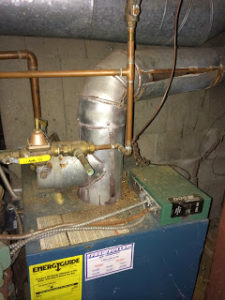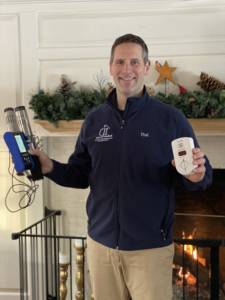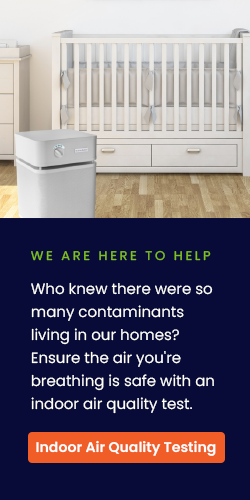You want your home to be as healthy as possible for you and your family. Listed below are 5 ways you can instantly improve your indoor air quality.
1: Replace any carpeting with hard wood floors. Your carpeting traps ultrafine particulates. The same principle goes for area rugs. Infants and toddlers are most prone to the ill effects of these lung damaging particles as the crib or bed is often much lower to the floor. The particulate levels at carpet level can be up to 100 times worse than at regular breathing height. If replacing your carpeting is not feasible then schedule professional carpet cleaning using an experienced technician.
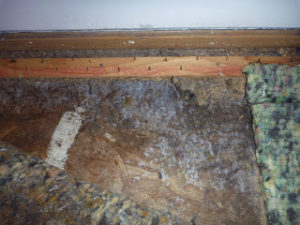
Step 2: Invest in a quality vacuum. Most vacuums show a HEPA (High Efficiency ParticulateAir) label and actually perform as advertised on the box. The problem becomes when the HEPA filter fails in a few months or year as it gets coated and clogged. The motor still runs, forcing the ultrafine particulates through loose vacuum seals into the air. Let’s put the “P” back into HEPA by maintaining your HEPA filter with regular cleaning or replacing. Look for a true HEPA filter that passes higher standards of emission certification.
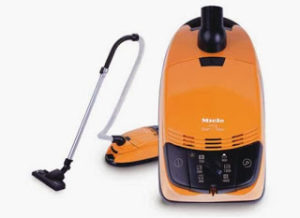
Step 3: Encourage Air Flow. Open the windows. The air quality indoors is likely much worse than outside, even on high pollen days. If it’s too cold or too hot outside and you are running a heating or cooling system then add an air recovery system (HRV/ERV) to bring fresh conditioned, filtered air year-round into your home. It’s like leaving the windows open without the energy loss. Instead of recirculating the same stale air you are now creating true air exchanges into the home and reducing overall particulate levels.
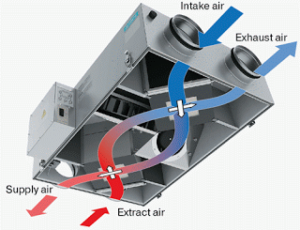
Step 4: Run A Quality Air Purifier. But which ones? There are hundreds of air purifiers out there that all claim to do about the same thing. We started evaluating these various purifiers during the course of our daily air quality assessments using a laser particle scanner to measure the ultrafine particulate emission. Our studies found lower particulate levels in the homes where people were regularly running an IQair (www.iqiar.com) and Austin Air (www.austinair.com) brand purifier.
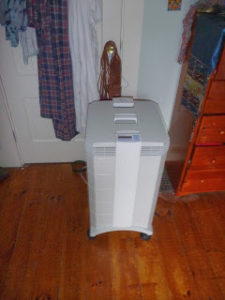
Step 5: Maintain and Clean Your Systems. Your furnace, air ducts, and even chimney can backfire with exponential ultrafine particulates. Yearly attention to these critical systems will ensure proper exhaust and filtration. We recommend hiring an independent licensed technician who is experienced with your particular system. Your technician should advise you without bias about whether a MERV 16 filter is too much filtration and will cause your system to be clogged and should show you why your furnace is not exhausting the harmful particles and fumes.
